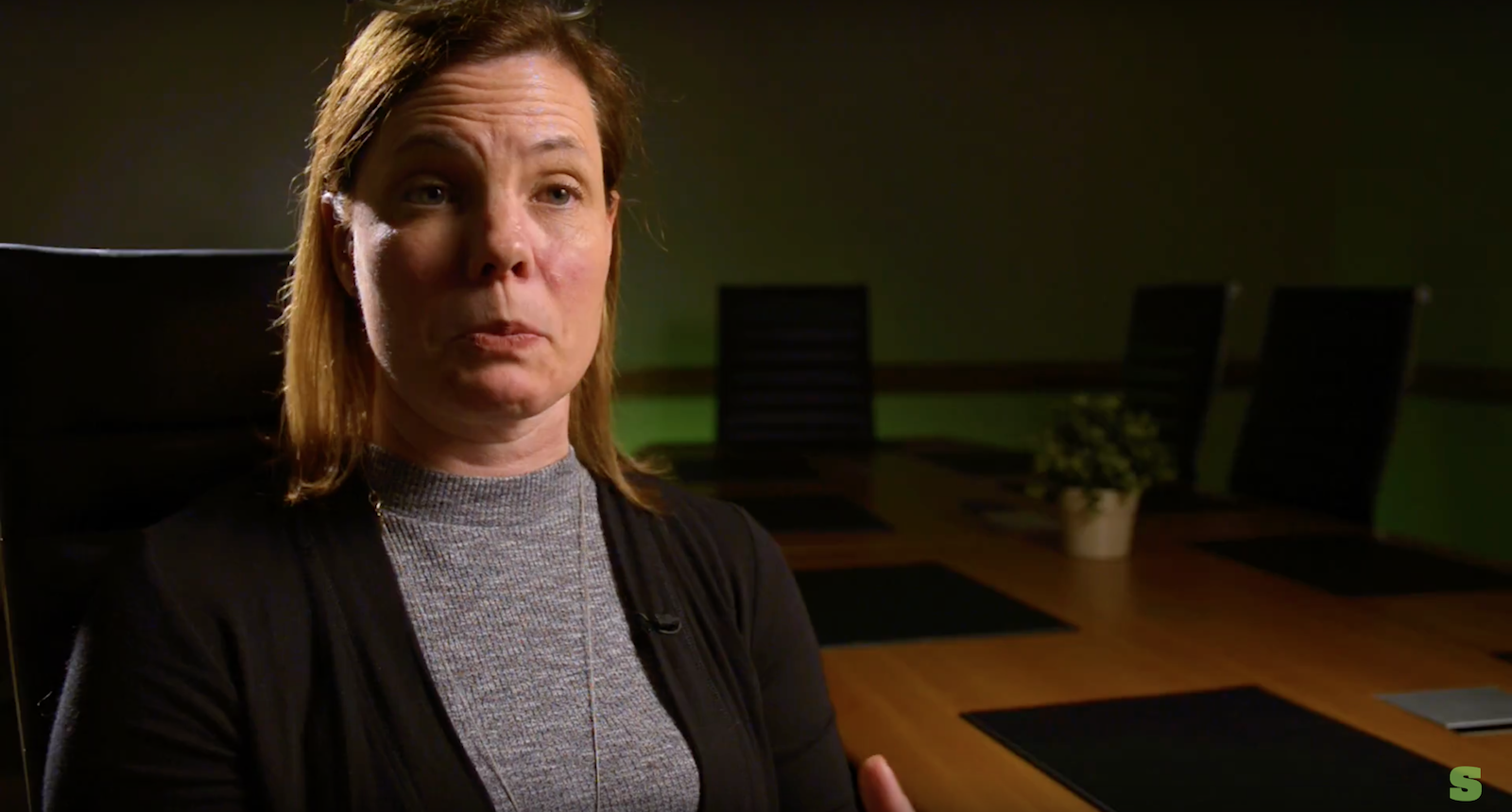Agile development is an iterative process that can involve a multitude of methodologies – including variants and subcategories like SCRUM or Lean Development and more. Although its origin is in tech development, Agile approaches to instructional design and leadership training dovetail perfectly. With this approach, leverage agile for efficient collaboration one can easily manage multiple projects and immediately see where they are on the continuum of completion.
Molly Hill, the VP of Global Retail Learning at Starbucks, gives three considerations when thinking about moving into an Agile approach:
- Lean on industry authorities that are familiar with Agile workings and can help you manage the transition smoothly.
- Think of Agile development as a philosophy.
- Consider the effects of change management, and be gentle with your team during the transition. It will take time, and a lot of courageous conversations.
It may seem scary, leverage agile for efficient collaboration but the best approach to rolling out an Agile process is to pick a meaty project and jump right in. The rewards are manifold, ranging from unprecedented flexibility to more efficient uses of collaborative time to gaining empirical feedback about the efficacy of project efforts.
Transcript
Molly Hill: Agile development is actually a development methodology or project management methodology. We were at a place where when you went into a Starbucks and you asked, “Hey, how do you get trained?” The partners would go into the back room and they’d take down a gigantic binder of material. And they’d say, “This is our training manual. And this is what we use to get trained.” Because it was taking the team probably a few years to actually cycle through content. Years to get from this version to the next version. And so it was one of those things where Agile came up as a way to manage projects, to manage multiple projects, but also just get more relevant content on an ongoing basis.
If I was to give three tidbits for moving into Agile development, the first one really would be about leaning on expertise outside of our industry. Those that have been doing this for years.
The second one I would say is Agile development is a philosophy, not necessarily a process.
And then the third one is around change management. Moving into Agile development is hard. It’s an increase in transparency. It’s an increase in collaboration. It’s something that takes some really, really deep conversations with your team to make sure that they’re ready to try something new. You need to support your team as a leader. You need to show them that Agile is about iteration and it’s about eventually getting to a place where you’re going to see great, incredible work. But throughout that, they have the opportunity to constantly change. They have the opportunity to be able to update and upgrade and uplift in a way that they never had before.
